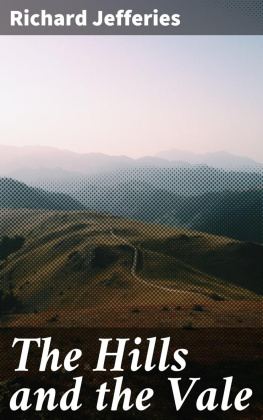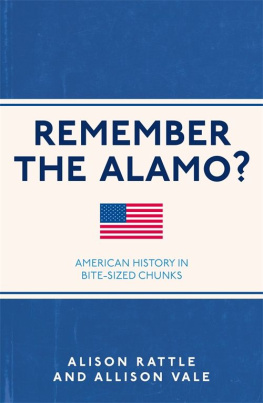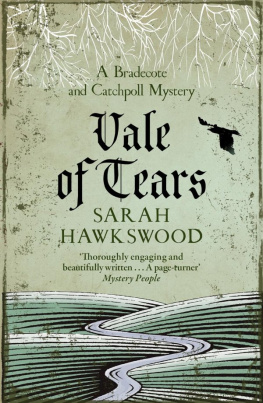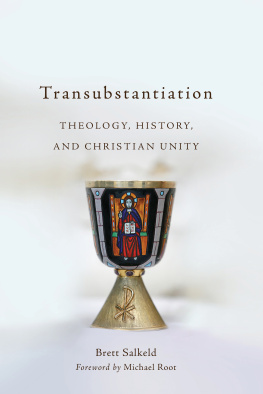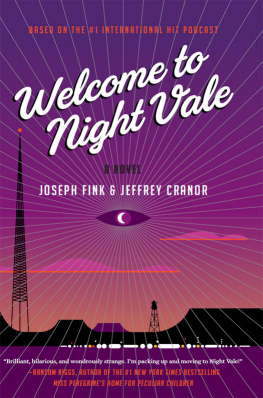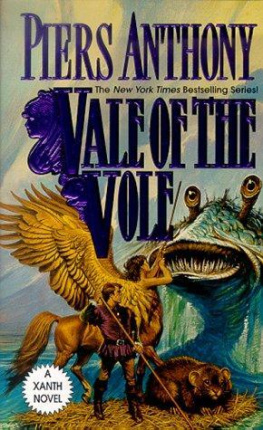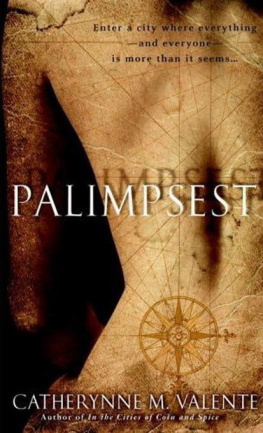INTRODUCTION.
T he river Lyvennet rises on the northern side of the range of hills stretching eastwards across Westmorland from Shap Fells. It runs through the parishes of Crosby Ravensworth and Morland, receives the tributary stream of the Leith, and falls into the Eden near Temple Sowerby. The distance from its source to its outfall is less than ten miles measured in a straight line; but the little valley is full of varied interest, to which each age has contributed a share. Half way down the stream, and out on the west, lies Reagill, and in it, Wyebourne; and Wyebourne was the home of John Salkeld Bland, who, nearly fifty years ago, compiled this manuscript history of "The Vale of Lyvennet."
John Bland's grandfather was a yeoman farming his own land at Reagill. He had a family of two sons, Thomas and William, between whom he divided it; Thomas, who was an artist and sculptor of no mean ability, remaining at Reagill, while William established himself at Wyebourne, a mile away, married, and also had two children; one being John Bland himself, the other a daughter, now Mrs. Dufton, to whom the thanks of this Society are due for use of her brother's manuscript, and for her kindness in supplying information about the family.
John Bland was only six months old when he lost his mother, from whom, perhaps, he inherited a constitutional delicacy from which he always suffered. He was educated at the well-known school at Reagill, and afterwards at Croft House, Brampton. Early in life he began to show a gift for drawing, but he never received lessons; his aptitude, like that of his uncle, was purely a natural one.
He also studied botany, geology and chemistry. Before he was twenty-two he had made a geological map of the district; this came before the notice of some of the leading authorities of the day, and received high praise from them; it is interesting, therefore, as it affords us proof of the high standard of merit reached by his work. He afterwards went over to America for a time; an expedition comparatively rare in those days. During the summer of 1866 he made studies from nature of about a hundred wild flowers, painted in water colours, and had just finished mounting them before his death. For his weakness of health had shown itself in attacks of pneumonia when he took cold; finally consumption set in, and he died on January 4th, 1867, aged twenty-seven years.
But the work in which we are most interested is his manuscript "The Vale of Lyvennet." The book consists of ninety-one pages about 12 by 10 inches, filled with drawings and plans, of which there are about two hundred, large and small; with a written description of each. Infinite pains have been spent upon it. He has taken each object of local interest in turn, recorded minutely what is known about it, and accompanied it with at least one drawing. The work has not been quite completed, as the last three pages, and pages 79 (a beautiful half-page drawing of Flass House), and 82, lack text; there are a few blanks left for measurements, and several spaces for pictures. It is, of course, the pictures that give the book its unique character, for they make everything a reality to the reader. The drawings themselves are beautiful; but even apart from them, a better account of the valley could hardly have been made, either in material or arrangement. And it is not unworthy to add that the text is written in the most delicate penmanship, almost as finely executed as the drawings themselves.
But his studies were not confined to antiquities or art, nor his reputation to his native valley. Mention has already been made of his geological work. The map was submitted to the Manchester Geological Society at a meeting on December 30th, 1862, with a paper entitled:"On the Carboniferous Rocks in the neighbourhood of Shap and Crosby Ravensworth: a section of that series which lies on the northern and eastern extremities of the Lake District." He also submitted a section from Wasdale Crag to the valley of the Eden near Applebydistance about ten miles; which, with the paper, was printed in the Society's Transactions, vol. iv., p. 44.
Mr. Bland was unable to be present, and the paper was read by Mr. E. W. Binney, F.R.S. Mr. Binney, who was one of the most eminent geologists of the day, afterwards made the following remarks:"I became acquainted with Mr. Bland last year, in going over that district to look over some property. He showed me this map, and it occurred to me that I had not seen any map of a limestone district so well worked out by a local man. Mr. Bland has devoted many years to the examination of the becks and gills of his district, and has formed this section. I think the paper a very valuable one, because it shows how the limestone begins to be separated by coal measures."
Mr. Joseph Dickinson, H.M. Inspector of Mines, President of the Society, added:"I could have wished for the map to be published as well. I do not think we could hand over our funds for a better purpose." But the expense was a serious matter, and the map, now preserved at Reagill, does not appear ever to have been published. The paper is written in a much more matured style than the present work, possibly because he is writing of matters that can be ascertained with greater certainty; he expresses himself in the manner of one who has a complete mastery of his subject.
As to the sources of his information, Mrs. Dufton says that his account of the manorial disputes was derived from a collection of old parchments in the possession of Mr. Salkeld of Meaburn Hill, his great-uncle; representative of a family which had been resident in the locality since the reign of Elizabeth. To attack sixteenth century documents for information must have required a great deal of enthusiasm, especially in one with such a love of outdoor life; for these documents are dreary things, and, as Mrs. Dufton observes, they were very hard to read. Another instance of the thoroughness of his work is shown in the fact that he reproduces the heading of one of these in the old writing, an undertaking by no means easy; and an excellent reproduction it is.
He had evidently read a great deal, and had gone carefully through most books that describe his neighbourhood, and he collected and stored up what was related to him by his friends. His industry was extraordinary, and he is said never to have wasted a moment of time.
He probably owed much to Canon Weston, then vicar of Crosby Ravensworth, who took a kindly interest in his work, and used to invite him to the vicarage when he had visitors interested in science or archology. Among those whom he met were Canon Simpson, first President of the local Archological Society, who was then incumbent of Shap; and Professor Harkness, who once filled the Chair of Geology at Queen's College, Cork. He was also appreciated and helped at Lowther, where he saw the paintings by Lady Mary Lowther (wife of the famous "Sir Jammy," the first Earl) some of which he copied; while no doubt he learned a great deal from his uncle, Thomas Bland.
The latter, a man of varied talents, also deserves some notice here. He was famous for his Italian garden at Reagill, which he laid out and decorated with statues and oil paintings in the alcoves, all his own work; he was an excellent artist in black and white, and reputed to be a musical composer of merit.



